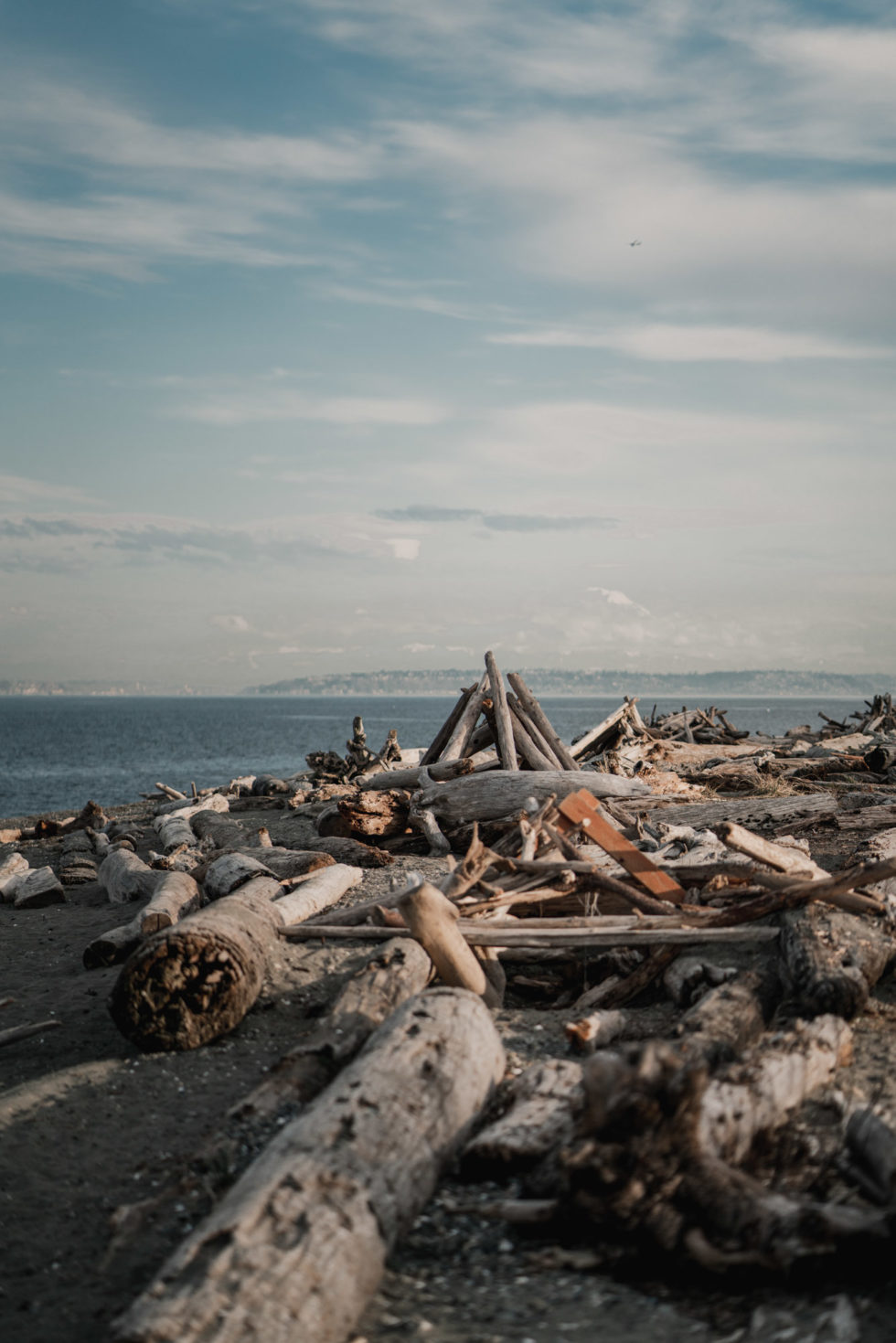

Their long term effect on the human body is unknown at this time. Research to date does indicate their presence, with these parasites passed directly to Chinese who consume raw geoduck.


Whether these microsporidium-like parasitic species were introduced by commercial farming is being studied by Sea Grant. There is a growing concern over the increase of parasites in the Puget Sound population of geoduck. The largest quantities have come from Golden Bay in the South Island where 100 tonnes were harvested in one year. Ī related species, Panopea zelandica, is found in New Zealand and has been harvested commercially since 1989. Native to the northwest coast of the United States and Canada (primarily Washington and British Columbia), the geoduck is the largest burrowing clam in the world, weighing in at an average of one to three pounds (0.5–1.5 kg) at maturity, but specimens weighing over 15 pounds (7.5 kg) and as much as 2 meters (over 6.5 ft) in length are not unheard of. It is sometimes known as the mud duck, king clam, or when translated literally from the Chinese characters 象拔蚌 ( Pinyin: xiàngbábàng,Yale : jeuhngbahtpóhng), the elephant-trunk clam.īetween 19, the scientific name of this clam was confused with an extinct clam, Panopea abrupta (Conrad, 1849), in the scientific literature. Alternate spellings include gweduc, gweduck, goeduck, and goiduck. The unusual name of the clam is derived from a Lushootseed ( Nisqually) word gʷídəq meaning "dig deep", and its phonemically counterintuitive spelling is likely the result of poor transcription rather than anything having to do with ducks.


 0 kommentar(er)
0 kommentar(er)
